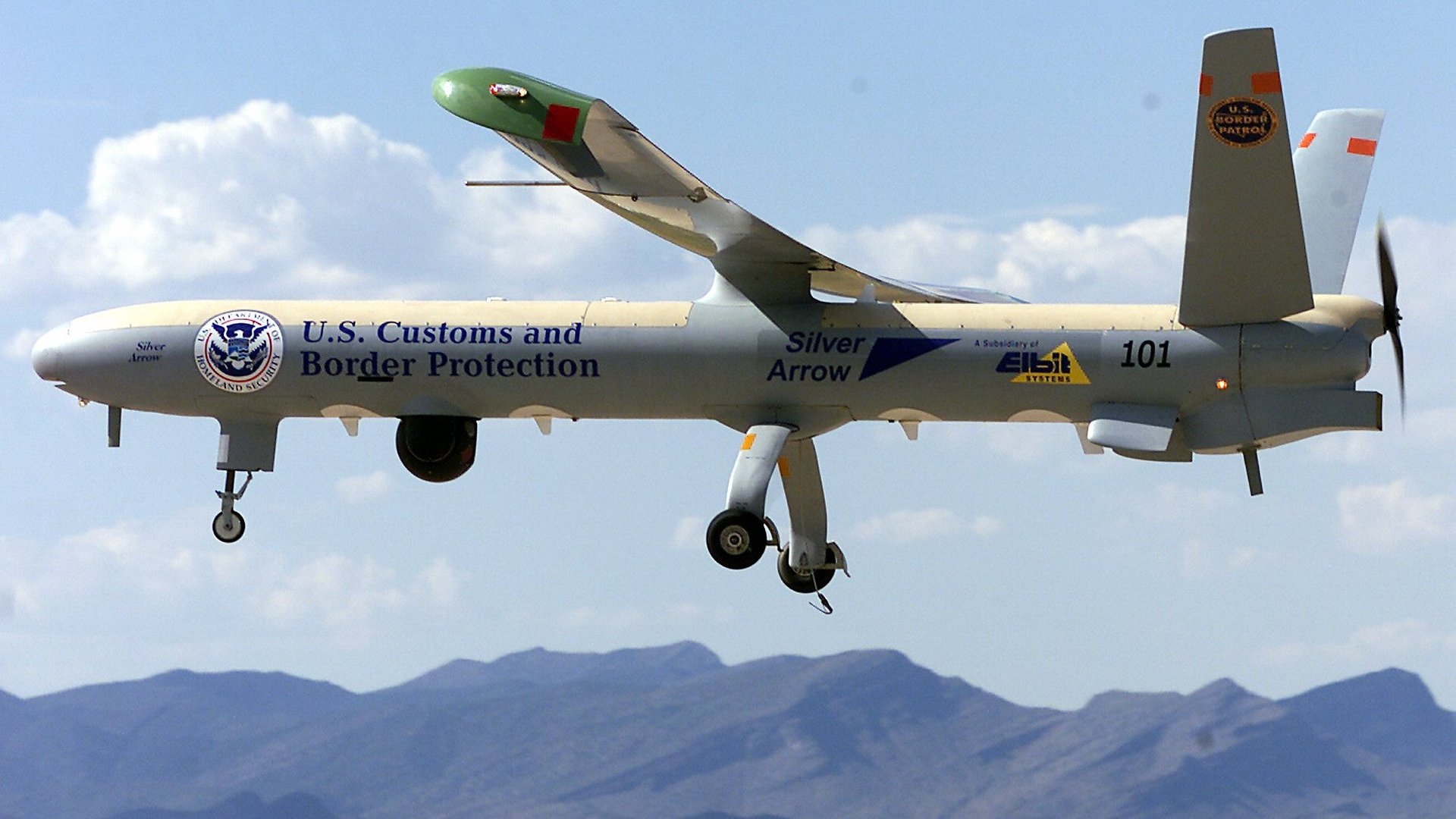Drone builders prepare to create immigration reform’s lucrative border panopticon
The immigration bill that aims to solve America’s unauthorized immigration problem and clogged visa system is almost through the Senate. The only thing left to do is hand out jobs and cash to the contractors who will secure the US-Mexican border with round-the-clock high-tech surveillance.


The immigration bill that aims to solve America’s unauthorized immigration problem and clogged visa system is almost through the Senate. The only thing left to do is hand out jobs and cash to the contractors who will secure the US-Mexican border with round-the-clock high-tech surveillance.
Today the bill overcame its first procedural hurdle: a vote to bring it up for debate, which passed 82-15. That comfortable margin suggests the bill, after amendments, should muster the 60 votes it’ll need in the Senate to proceed to the consideration of the more skeptical House of Representatives.
The main focus this week is an effort by Republican senator Marco Rubio to make the border security measures in the bill tougher. That will be key to attracting conservative lawmakers, who are leery about giving unauthorized immigrants already in the US a path to legal residency while also expanding and reforming temporary worker visas. Another senator, John Cornyn of Texas, is preparing amendments with even stricter security standards, which many of the bill’s supporters see as an attempt to scupper the bill by making it impractical.
Ultimately, the winners of this race to beef up security are defense contractors. The bill is already filled with plans to buy $1.5 billion of fencing, and spend several billion more to install ground radar systems and cameras, buy new helicopters and fixed-wing aircraft, and develop the capability to fly drones along the border literally 24 hours a day, 7 days a week. These measures are designed to provide real-time surveillance of the entire 1,950-mile (3,200 km) border, with contractors including Boeing, Northrup Grumman, Raytheon and General Dynamics pitching the Department of Homeland Security about how they can play a lucrative role.
“It’s huge, you can’t station enough people on the border,” New York senator Chuck Schumer said, explaining how new technology gives the government the ability to apprehend or turn back nine out of ten unauthorized border crossers. “With these drones, you can see every single person who crosses the border day or night, and you can follow their path, so they can be apprehended when they’re ten, twenty, twenty-five miles inland.”
This might not be the best time for the government to be talking up the creation of a virtual panopticon on the border, but that is what the legislation envisions. And if the border security goals aren’t met in five years, an additional $2 billion of funding will be provided in an effort to guarantee that the United States’ southern border becomes one of the most surveilled places in the world.